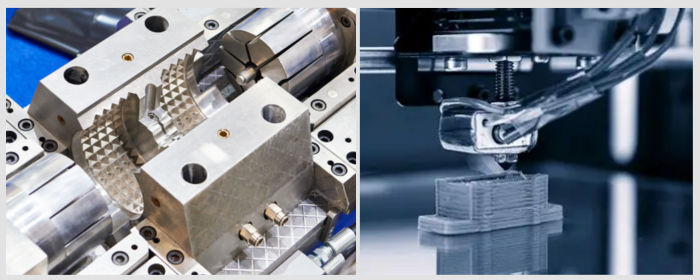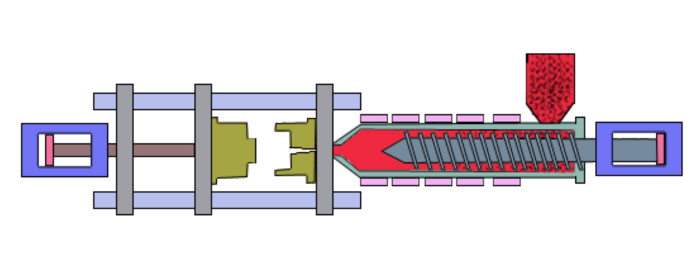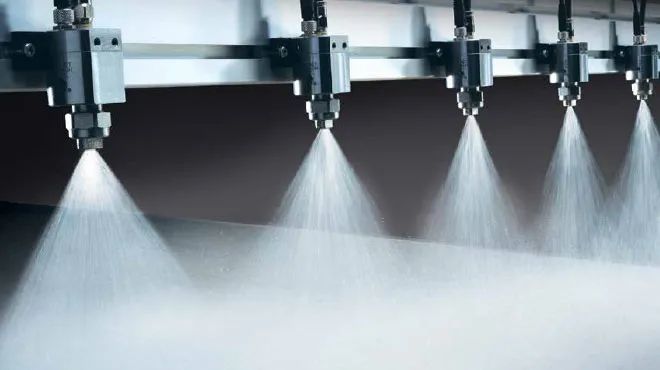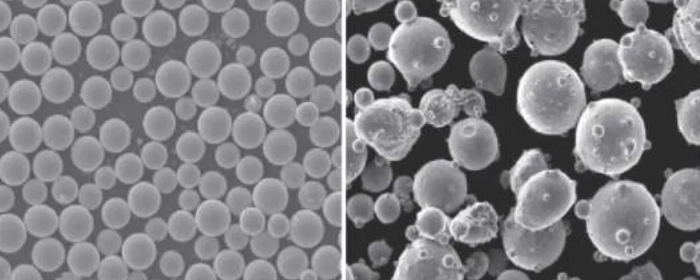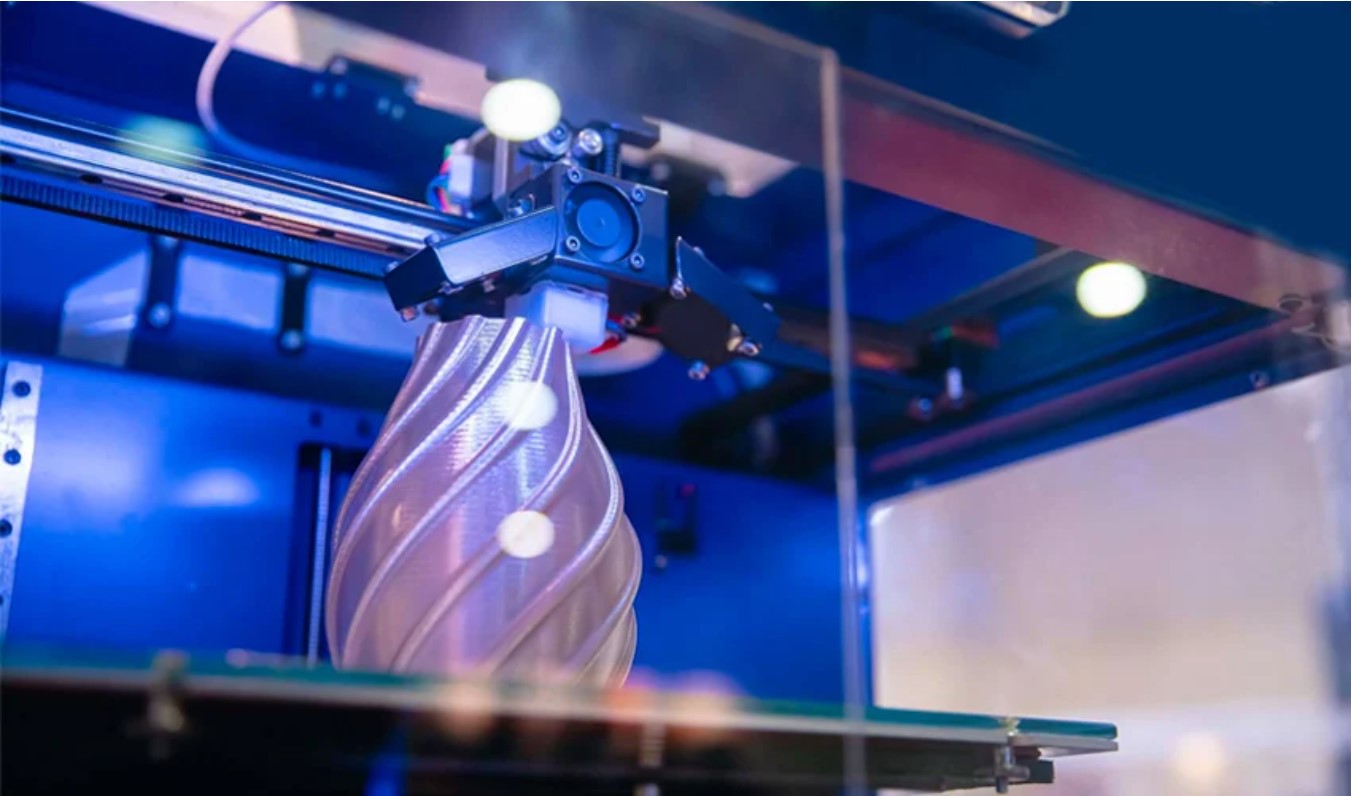

With the development of modern science and technology, component part now applies to artificial satellites, spacecraft, highspeed trains, turbine and engine impellers, ship propellers, hydropower generator blades, ship decks, building floors, and road markings, all of which are commonly eroded by high-speed air flows, sand, and water in addition to the mechanical forces in operation, hence causing material wear and shortened service life. For these reasons, wear-resistant coatings are generally applied to the materials as mentioned earlier.
Metal powder coatings are fabricated using thermal spraying, cold spraying, or any other coating techniques on a substrate surface with metal or alloy powders. These kinds of coatings usually provide properties such as wear resistance, corrosion resistance, and thermal stability. Of these, wear resistance is the basic factor affecting service life. They are usually applied to substrates against mechanical damage, which includes defects on their surface. Generally speaking, wear-resistant coatings have wide application in reducing or avoiding wear and prolonging the service life of coated parts.
.png)
Fig 1. Powder coatings
1. Improved Mechanical Properties: Such coatings can improve the wear resistance and corrosion resistance of the base material apart from increasing the hardness and toughness of the base material.
2. Extended equipment life: Adding considerable protection against wear and corrosion, wear-resistant coatings extend the service life of components and equipment, thereby reducing frequencies of maintenance and replacement factors that decrease operational costs.
3. Improved performance and efficiency: Wear-resistant coatings have the potential to reduce the coefficient of friction, minimize energy losses, and consequently enhance the efficiency of mechanical parts. For instance, in pumps and compressors, low-friction coatings are applied to enhance the efficiency of fluid flow.
4. Easy Repair and Maintenance: Many wear-resistant coatings can be restored by re-spraying or other methods without the need to replace the component, further reducing maintenance costs.
Cobalt-based, nickel-based alloy powders and carbide powders are coating materials with good wear resistance.
|
Powder Type |
Properties |
Application |
|
Tungsten Carbide-Cobalt (WC-Co) |
Exceptional hardness and wear resistance |
Cutting tools, mining machinery, and drill bits |
|
Chromium Carbide (CrC) |
Excellent wear and corrosion resistance |
Oil and gas industry components |
|
(e.g., Inconel 625) |
Perform well in high-temperature and corrosive environments |
Turbine blades, chemical processing equipment |
|
(e.g., Stellite) |
Superior wear and corrosion resistance at extreme temperatures |
Thermal spray coatings and various wear conditions |
|
Aluminum Oxide (Al₂O₃) |
High hardness and good wear resistance |
Aerospace, automotive, and electronics industries |
|
Titanium Oxide (TiO₂) |
Good wear resistance and stability at high temperatures |
Aerospace and industrial coatings |
|
Titanium Aluminum Nitride (AlTiN) |
High hardness and high-temperature resistance |
Cutting tools and abrasive tools |
|
Titanium Carbide (TiC) |
High hardness and good wear resistance |
Cutting tools and mechanical components |
|
Tantalum Carbide (TaC) |
Extremely high hardness and melting point |
Wear-resistant applications in extreme high-temperature environments |
|
Nickel-Chromium Silicon Carbide (NiCr-Cr₃C₂) |
Oxidation resistance with high hardness and wear resistance |
High-temperature wear resistance environments |
As a well-known metal powder supplier, Stanford Advanced Materials(SAM)provides high-quality spherical powder for Laser Cladding, Thermal Spray Coating and Additive Manufacturing. Our products adhere to strict quality standards throughout the manufacturing process.
1. Thermal Spraying: Uses a high-temperature flame or electric arc to melt metal powder and spray it onto the substrate surface, forming a dense coating. It is commonly used for carbide and alloy coatings.
2. Cold Spraying: Accelerates powder in a high-velocity gas stream and sprays it onto the substrate without requiring high temperatures, suitable for heat-sensitive materials and applications requiring high adhesion.
3. Plasma Spraying: Utilizes high-temperature plasma to melt metal powder, then sprays it onto the substrate, forming a high-density, high-hardness coating. It is often used for ceramic and composite metal coatings.
4. Arc Spraying: Melts metal wire through an electric arc and sprays it onto the substrate surface, suitable for large-area and thick coating applications.
.png)
Fig 2. Plasma Spraying
Wear resistance is one of the most critical performance indices of coatings and is directly related to the service life of equipment and parts. But generally, the wear resistance of the coating will be dependent on:
1. Material Composition: Material composition directly influences the wear resistance of the accumulated coat. Commonly, materials with high hardness will have better resistance to wear. Furthermore, alloy elements can make the coating possess particular characteristics.
2. Surface Roughness: The more the surface of the rough coating, the more it often wears. It is for this reason that where there is an uneven surface, abrasive forces are created upon contact.
3. Hardness and Toughness: Hardness cannot be considered in isolation from toughness. If the coating is too soft, impact forces may fracture it right down to the substrate. On the other hand, too high hardness can result in brittle fractures.
4. Elasticity: Elasticity is another important parameter for wear control. In general, the elastic modulus describes quantitatively the tendency of a material to deform elastically; in other words, it expresses the limit of the strain a coating can afford without permanent deformation.
5. Adhesion and Tensile Strength: A good wear-resistant coating must bear high loads, exhibit low friction, and must not fail cohesively or by adhesion loss to the substrate. The contact geometry, i.e. the size, length, and cross-sectional area of the abrasive particles, also influences resistance to wear.
6. Pigment Volume Concentration (PVC): With an increase in pigment volume concentration, gloss, cleaning ability, mechanical strength, scrub, and wear resistance decrease.
7. Thickness: It was found that even the wear resistance depends on the thickness of the coating.
8. Manufacturing Process: Numerous properties of a coating, including hardness, adhesion, and microstructure, depend on the processing method used in their manufacturing process. Improper parameters of processes lead to coating defects like porosity and cracks that minimize the wear resistance.
Referring to the above influencing factors, we can take the following measures to improve the wear resistance of powder coating.
The selection of a high-hardness material is a direct approach to warrant that a material selected will have improved wear characteristics. The common high-hardness materials are tungsten carbide (WC), chromium carbide (CrC), and titanium carbide (TiC), which perform excellently in wear under friction and wear conditions. The addition of certain elements, for instance, tungsten and chromium, into cobalt- and nickel-based alloys brings an improvement in wear and corrosion resistance.
.png)
Fig 3. tungsten carbide powder for coatings
Coating thickness is one most relevant factors that affects wear resistance. Appropriately increasing the coating thickness can enhance the protective effects. Too thick a coating may enhance brittleness leading to cracking or spalling. Therefore, optimization of coating thickness will be necessary for specific applications.
By controlling parameters such as grain size, phase distribution, and morphology, grain size controlling in coating can improve wear resistance. Indeed, a very fine and homogeneous grain structure usually has improved wear resistance due to the suppression of crack initiation and propagation.
The bond strength between the substrate and the coating will directly influence wear resistance. Pretreatment of the surface—for example, sandblasting or acid etching—employs it for the roughing of the substrate surface or, with the use of an intermediate layer such as a nickel-based layer, enhances adhesion, thus effectively reducing the detachment of the coating and improving the wear resistance.
This can be done by tuning the spray process parameters, such as temperature, speed, and distance, to make the coating denser and uniform. Proper process conditions decrease the porosity of the coating and hence defects, while giving rise to wear resistance.
Composite coatings combine the advantages of different materials and can significantly improve the wear resistance of the coating. An example of this is presented through the proper combination of a metal matrix with ceramic particles - such high hardness combined with good impact resistance, which is especially the case in compositions such as nickel-chromium-silicon carbide coatings.
combining the advantages of all kinds of functions and materials can take overall wear resistance of cutting tool to a new point. An exterior layer could be made of high-hardness material, providing wear protection; the interior layer could use tough materials to enhance the overall impact resistance.
Lubricating phases, such as molybdenum disulfide MoS₂, graphite, etc., or solid lubricants can be added to the coating that would reduce the coefficient of friction and hence reduce wear. Activation toward Friction: It has been mentioned that the addition of lubricating phases should mostly take place because most of them activate towards the friction in high-pressure, high-temperature wear, thus reducing wear and tear.
The improvement in the wear resistance of powder coatings can be developed by proper selection of materials, optimization of thickness, improvement in microstructure, and employment of advanced techniques of application. These methods make sure the coatings offer the best protection in many different difficult environments, increasing the life span of machinery and decreasing maintenance costs. Due to rapid technological development, further improvements in the development of effective wear-resistant coatings will take place, enabling these coatings to give even better performance and reliability for industrial applications.
Since its founding in 1994, Stanford Advanced Materials has been committed to providing the finest quality atomized metal alloy powders to our valuable customers in commercial and industrial fields. Our wide range of spherical metal powders meets the broad manufacturing needs of the different PM technologies. If you need these powder materials, please click the upper right corner to Get A Quote.

